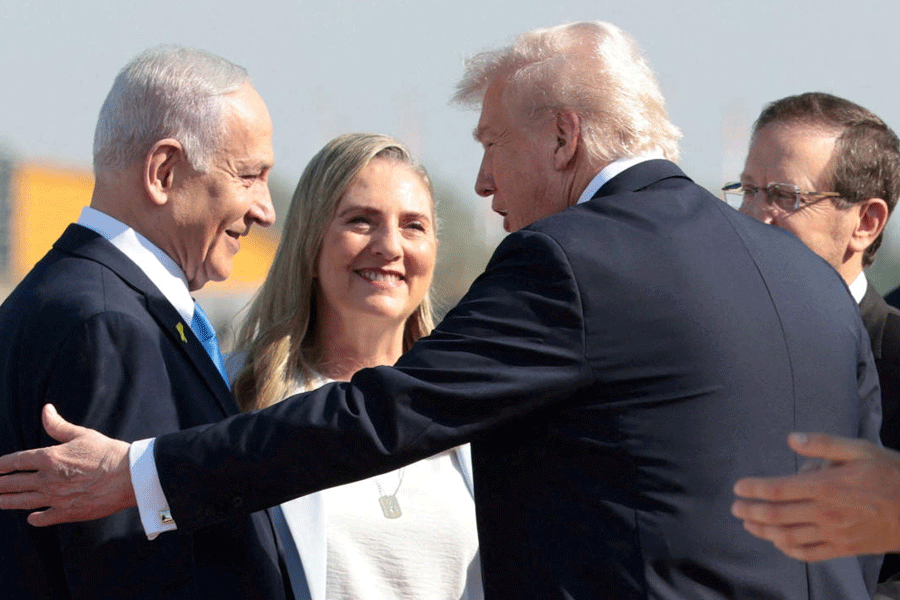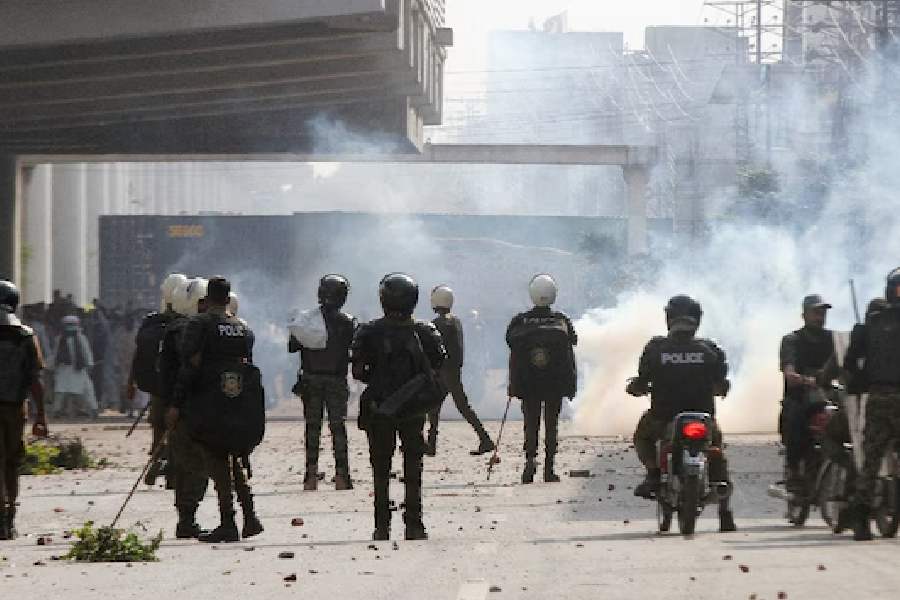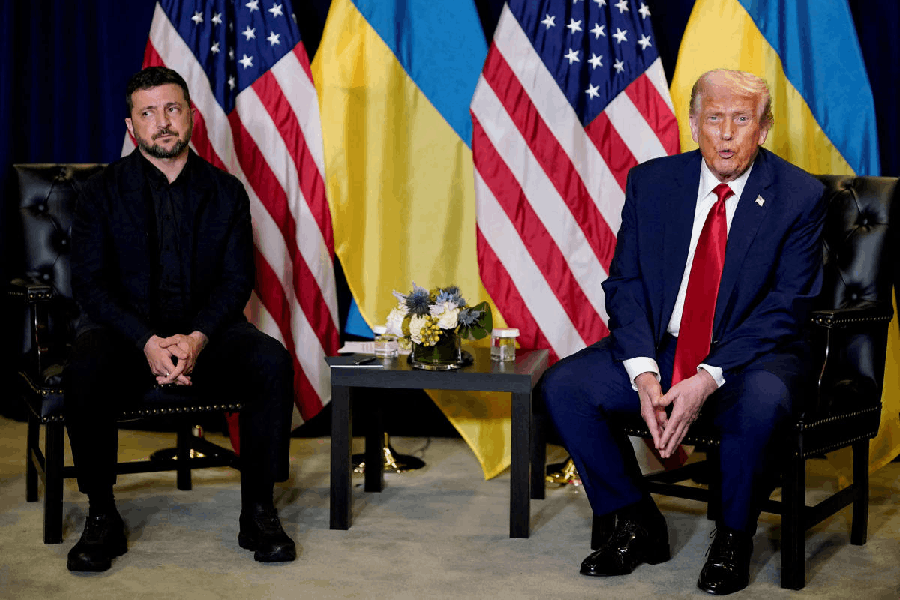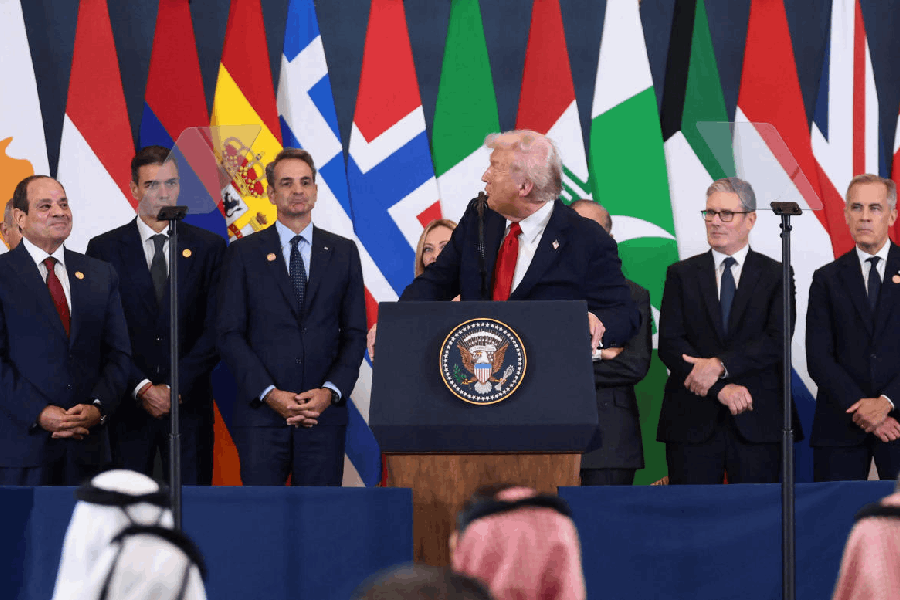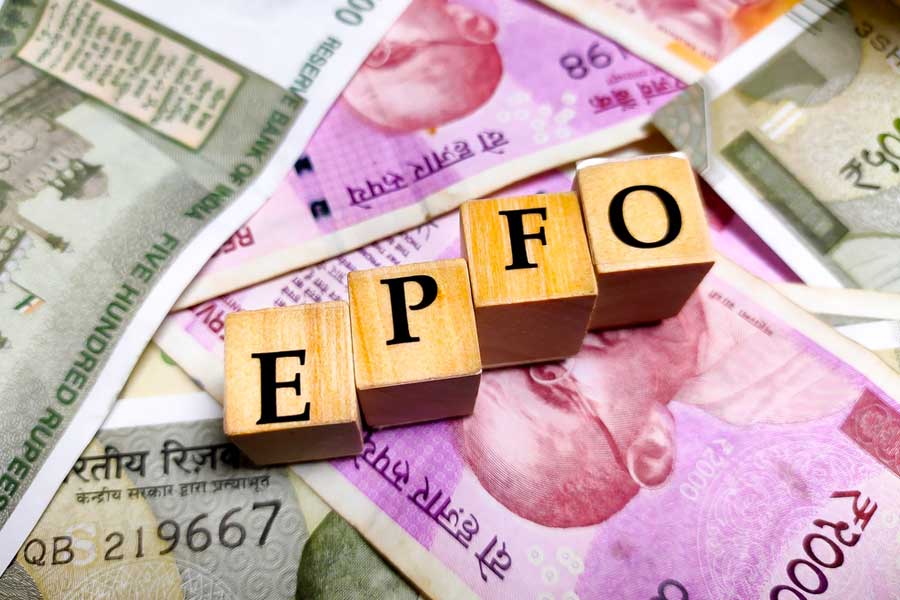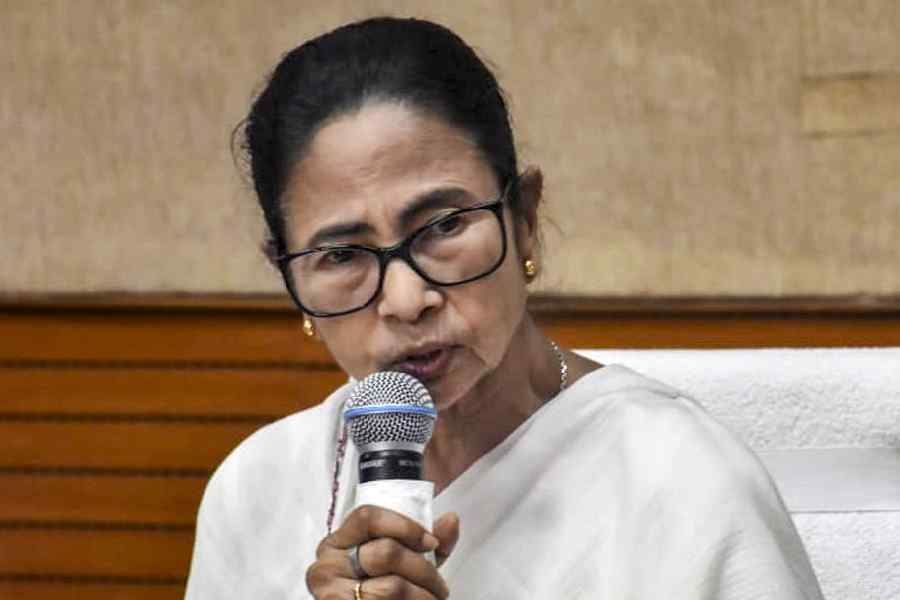They are presidents and queens, CEOs and Nobel laureates, humanitarians and politicians. They run companies; their advice could make or break entire countries; they plan global financial strategies. They’re members of an exclusive club: the Forbes list of the 100 Most Powerful Women in the World.
Increasingly, the women who have power have acquired it the hard way. Melinda Gates, wife of Microsoft legend Bill Gates, is one of the few who married into power rather than creating it on her own and she is on the list not just for her assets, as Gates’ wife, but for the influence she wields in the world of charity. For every queen on the list who was born into power, there are 10 other women who fought their way up the ladder.
Look at the top 10 names. Condoleeza Rice is the first African-American woman ever to occupy the position of US secretary of state; her advice causes tectonic shifts in global politics. Wu Yi, China’s vice premier of health, is one of the few women to occupy a key political position in that vast country. Yulia Temeshenko, President of the Ukraine, has taken on some of the most deeply entrenched and influential groups in that country; like Gloria Arroyo, President of the Philippines, her continued position on the Forbes list will depend on her ability to handle local politics.
The next five are from the corporate world: between them, Ebay’s Meg Whitman, Anne Mulcahy of Xerox, Citigroup’s Sallie Krawcheck, Sara Lee’s Brenda Barnes and Harpo’s Oprah Winfrey have smashed through a score of glass ceilings. And Melinda Gates manages a string of charities with a collective bottomline larger than the GDP of most countries.
As Forbes notes, the biggest shift in power has happened in the corporate world. There are still relatively few women CEOs, but increasingly, women are moving into second-rung positions that were closed to them barely a few years ago. Women are more visible in sectors that were once seen as traditionally male in both business and politics, handling everything from high finance to defence.
But the most interesting trend might well be in the area of humanitarian management. Activist and Nobel peace laureate Aung San Suu Kyi is high on the list (Arundhati Roy will have to rant a lot harder if she wants to make it), so is Jordan’s Queen Rania, who has fought for women’s rights in a country notorious for its chauvinism, so is Dr Julie Gerberding, a pioneer in bioterrorism prevention and disease control.
Among the women who came close to making it to the list but narrowly missed the cut is Marsha Evans, who heads the US Red Cross and Hania Mufti, who handles Human Rights Watch in the Middle East.
And where’s India on that list? Sonia Gandhi, who featured as one of the world's most powerful women last year, didn’t make the cut this year. But Pepsi’s Indra Nooyi, who is of Indian origin, does feature. And that’s it: in a country that prides itself on its history, its democracy and its heritage, we occupy less space on a list of the world’s most powerful women than Morocco does.





